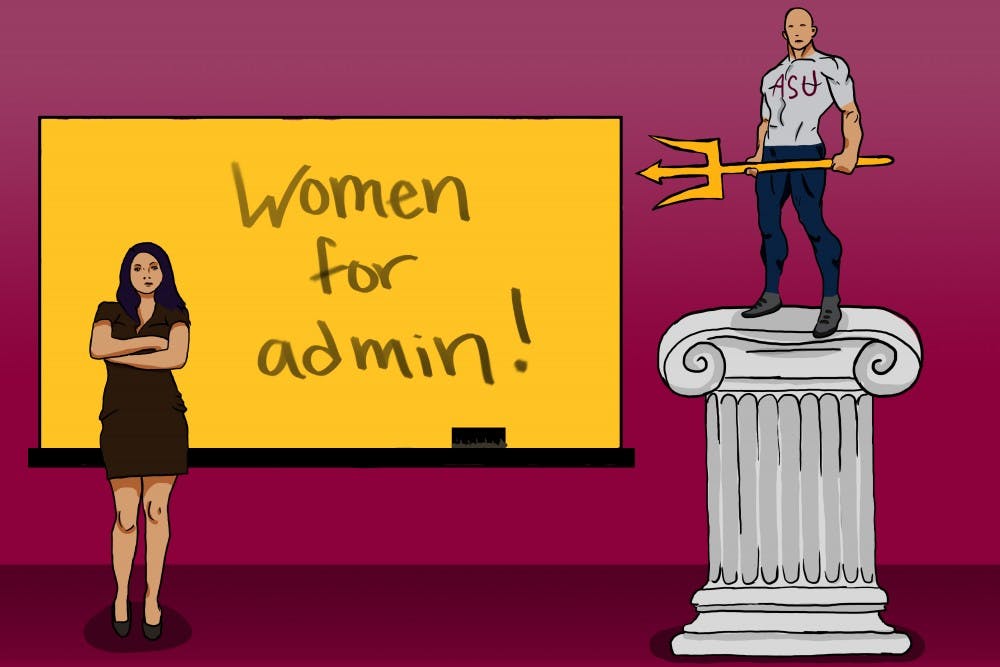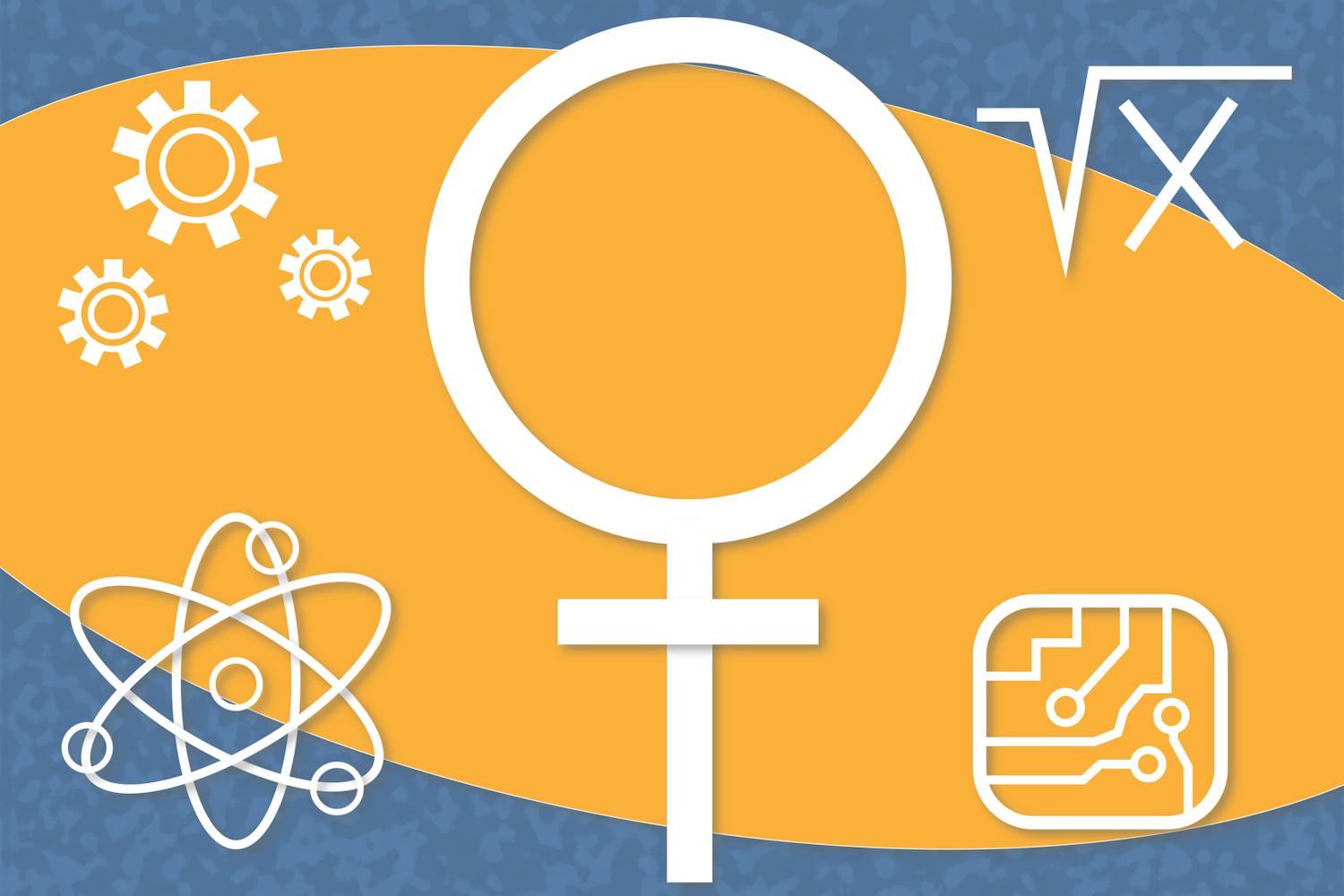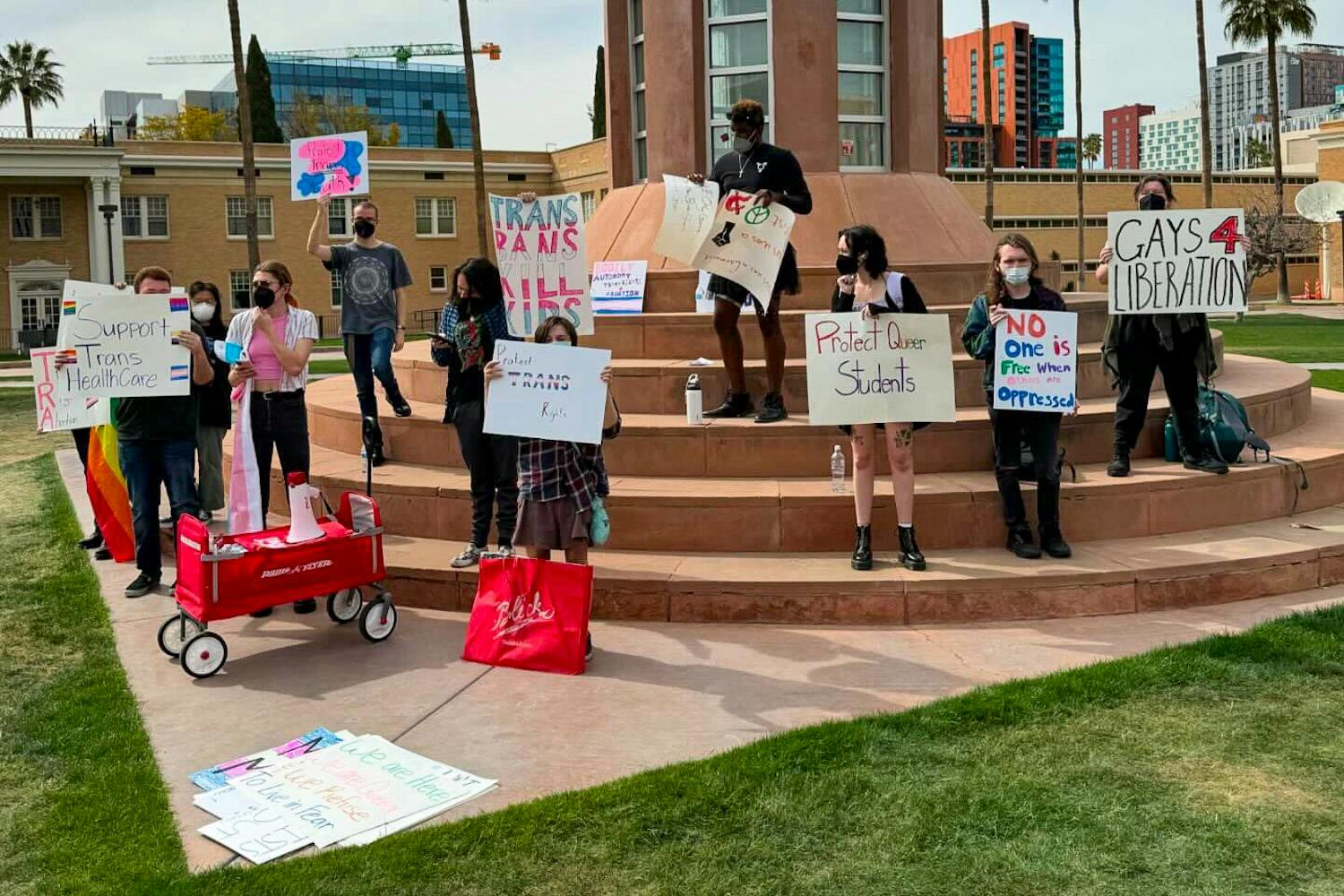Think about the number of female teachers you had growing up. Then think about the number of women in your school’s administration and on your school board.
Sadly, these numbers are not proportionate.
Women dominate the education service workforce, which was made up of 68.6 percent women in 2010. However, in 2011, women only occupied 27 percent of president positions in all higher education institutions.
In higher education, gender inequality exists when observing the abundance of men and the lack of women in roles of academic leadership. This inequality influences how students perceive gender roles and furthers the persistence of gender inequality.
Gloria Feldt, professor of practice of women and gender studies and business at ASU and co-founder and president of the non-profit organization Take the Lead, said that like in every other profession, women in higher education hold lower-level positions while men are more likely to hold the higher-up, leadership positions.
“The pattern is there in academia just as it is in every other sector. Although, the fact that so many women enter the teaching profession means that there should be more of a pipeline for women,” Feldt said.
Currently on the Arizona Board of Regents, which governs Arizona’s public universities, only two of the 12 members are female. Similarly at ASU, among the University provosts, deans and vice presidents, there are eight women in the 38 total positions.
The teaching profession is often associated with women, because of stereotypes asserting that women are the more caring, nurturing gender. Conversely, leadership positions are often associated with men because of stereotypes asserting that men are the more dominant and powerful gender.
If female education majors see that the preponderance of their school’s leadership is comprised of men, they may start to believe that upper positions in academia are designed for men, not women.
“It is interesting to me to see that the female students seem to have many of the same concerns that they had 10 years ago when I started teaching (the course Women, Power and Leadership). Many of them have been treated with some level of disrespect, and they're struggling with things like body image, which is really just a reflection of some remaining implicit biases and sexism in our society,” Feldt said.
Unequal representation in education systems subconsciously conditions gender roles into students’ heads from a young age.
“There are more women coming into the higher education profession, whereas I think there aren’t as many men in the K through 12 that there should be still, I think there's still a big disparity there,” David Boyles, an instructor in the ASU writing programs, said.
In preschool and kindergarten, only 2.3 percent of teachers are men — a number that increases to approximately 42 percent in high school staffs.
The reasons for these misconceptions and stereotypes stem from old “beliefs that women are more willing to take orders, accept lower wages and are less prone to complain about working conditions,” according to Education International’s “Pay Equity Now" campaign.
Instead of perpetuating these ideas, institutions should be challenging them and working toward gender equality in leadership positions.
“There is just a general tendency to see things from an individual standpoint and not realize the structural issues that are causing certain things … people need to realize that and consciously work to combat that,” Boyles said.
While females are close to being equally represented on the ASU campus in the student population, accounting for 46.5 percent of ASU's undergraduate population and 45.6 percent of the graduate population, there is inequality in the staffing.
ASU promotes the idea of "equal opportunity through affirmative action in employment and educational programs and activities," but lacks gender equality in administrative leadership.
“I know that when I spoke with Dr. Crow when I first started Take the Lead, he loved the idea of having a program that was aiming for gender equality and suggested that we make it a university-wide initiative,” Feldt said.
“We haven’t had the opportunity to do that yet, but I still think it's a very good idea and I hope we'll be able to create some kind of program that does look at gender equality across all the different dimensions of ASU."
Reach the columnist at afsuthe1@asu.edu or follow @a_sutherland10 on Twitter.
Editor’s note: The opinions presented in this column are the author’s and do not imply any endorsement from The State Press or its editors.
Want to join the conversation? Send an email to opiniondesk.statepress@gmail.com. Keep letters under 500 words and be sure to include your university affiliation. Anonymity will not be granted.
Like The State Press on Facebook and follow @statepress on Twitter.




